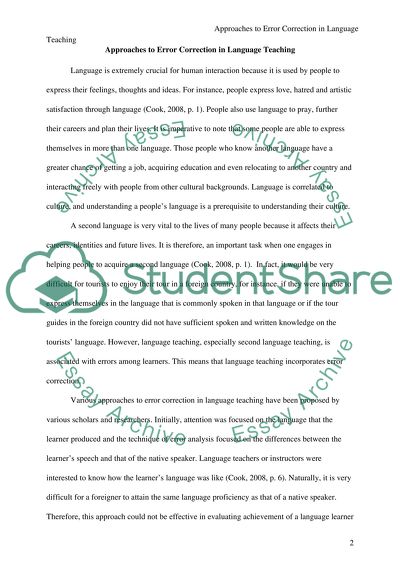Cite this document
(“Approaches to error correction in language teaching, and how it has Literature review”, n.d.)
Approaches to error correction in language teaching, and how it has Literature review. Retrieved from https://studentshare.org/humanitarian/1646996-approaches-to-error-correction-in-language-teaching-and-how-it-has-evolved
Approaches to error correction in language teaching, and how it has Literature review. Retrieved from https://studentshare.org/humanitarian/1646996-approaches-to-error-correction-in-language-teaching-and-how-it-has-evolved
(Approaches to Error Correction in Language Teaching, and How It Has Literature Review)
Approaches to Error Correction in Language Teaching, and How It Has Literature Review. https://studentshare.org/humanitarian/1646996-approaches-to-error-correction-in-language-teaching-and-how-it-has-evolved.
Approaches to Error Correction in Language Teaching, and How It Has Literature Review. https://studentshare.org/humanitarian/1646996-approaches-to-error-correction-in-language-teaching-and-how-it-has-evolved.
“Approaches to Error Correction in Language Teaching, and How It Has Literature Review”, n.d. https://studentshare.org/humanitarian/1646996-approaches-to-error-correction-in-language-teaching-and-how-it-has-evolved.


